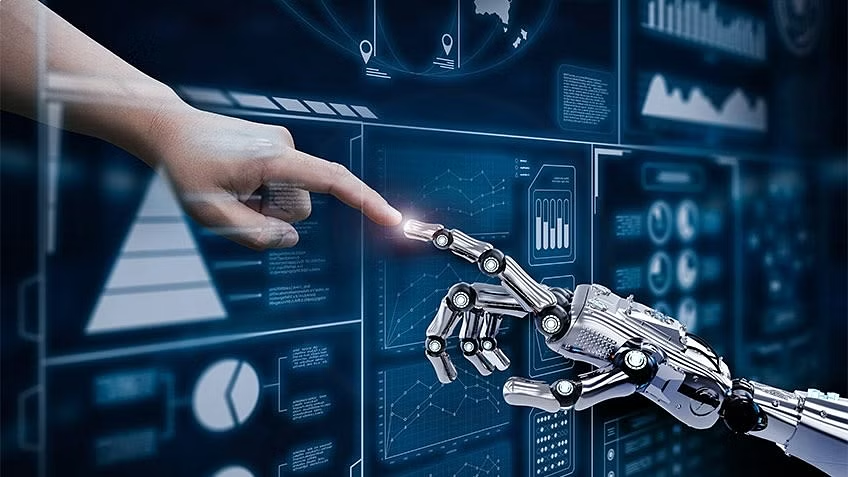Introduction to Machine Learning
 Gift Ayodele
Gift Ayodele
Machine Learning (ML) is one of the most exciting fields of computer science, enabling machines to learn from data and make decisions without being explicitly programmed. It’s the technology behind everything from self-driving cars to personalized Netflix recommendations. But how does it work? Let’s break it down in simple terms.
What is Machine Learning?
At its core, machine learning is a type of artificial intelligence (AI) that allows systems to learn from data and improve their performance over time. Unlike traditional programming, where a computer follows a set of pre-defined instructions, machine learning uses algorithms to analyze data, recognize patterns, and make decisions.
Think of it like teaching a child to recognize animals. You show the child thousands of pictures of cats and dogs, and over time, they learn to differentiate between them. The more pictures they see, the better they get at recognizing the difference. Machine learning works in a similar way—feeding large amounts of data into an algorithm, which then "learns" to make predictions or decisions based on that data.
How Does Machine Learning Work?
Machine learning works by processing large amounts of data, learning from it, and then making predictions or decisions based on what it learned. Here’s how it works in three simple steps:
Input Data: The system is fed a large set of data. This could be anything from images, text, or numbers.
Training: The machine learning algorithm analyzes the data, looking for patterns. It "learns" from this data and creates a model—a mathematical representation of those patterns.
Prediction: Once trained, the algorithm can make predictions or decisions when new data is provided. For example, if the algorithm was trained to recognize cats and dogs, it can now predict whether a new image is a cat or a dog.
Types of Machine Learning
There are three main types of machine learning, each working in a slightly different way:
Supervised Learning:
In supervised learning, the algorithm is trained on a labeled dataset, meaning the data includes both the input and the correct output. For example, if you’re training an algorithm to recognize emails as either "spam" or "not spam," you would provide it with a dataset of emails that are already labeled as such. The algorithm learns from this data and can then classify new emails based on what it learned.Unsupervised Learning:
In unsupervised learning, the algorithm is given data without labels and must figure out patterns on its own. This is often used for clustering similar items together, like grouping customers with similar buying behaviors.Reinforcement Learning:
This type of machine learning is based on a system of rewards and penalties. The algorithm learns by interacting with its environment and getting feedback based on its actions. Over time, it learns the best strategies to achieve the desired outcome. Reinforcement learning is often used in gaming, robotics, and autonomous vehicles.
Real-World Applications of Machine Learning
Machine learning is transforming industries across the board. Here are some of the ways it’s used in the real world:
Healthcare: Machine learning is used to predict diseases, analyze medical images, and suggest personalized treatment plans based on patient data.
Finance: ML algorithms help detect fraud, automate trading, and personalize financial advice for customers.
Retail: Recommendation engines, like the ones Amazon and Netflix use, rely on machine learning to suggest products or shows based on your previous activity.
Self-driving Cars: ML allows autonomous vehicles to recognize objects, predict other drivers’ actions, and navigate roads safely.
Customer Service: Chatbots and virtual assistants, like Siri and Alexa, use machine learning to understand and respond to user questions in natural language.
The Future of Machine Learning
Machine learning is evolving rapidly and becoming more integrated into everyday life. As the amount of data we generate continues to grow, machine learning will become even more powerful, driving innovations in areas like personalized medicine, smart cities, and AI-powered assistants.
If you want to dive deeper into machine learning, check out
Subscribe to my newsletter
Read articles from Gift Ayodele directly inside your inbox. Subscribe to the newsletter, and don't miss out.
Written by
